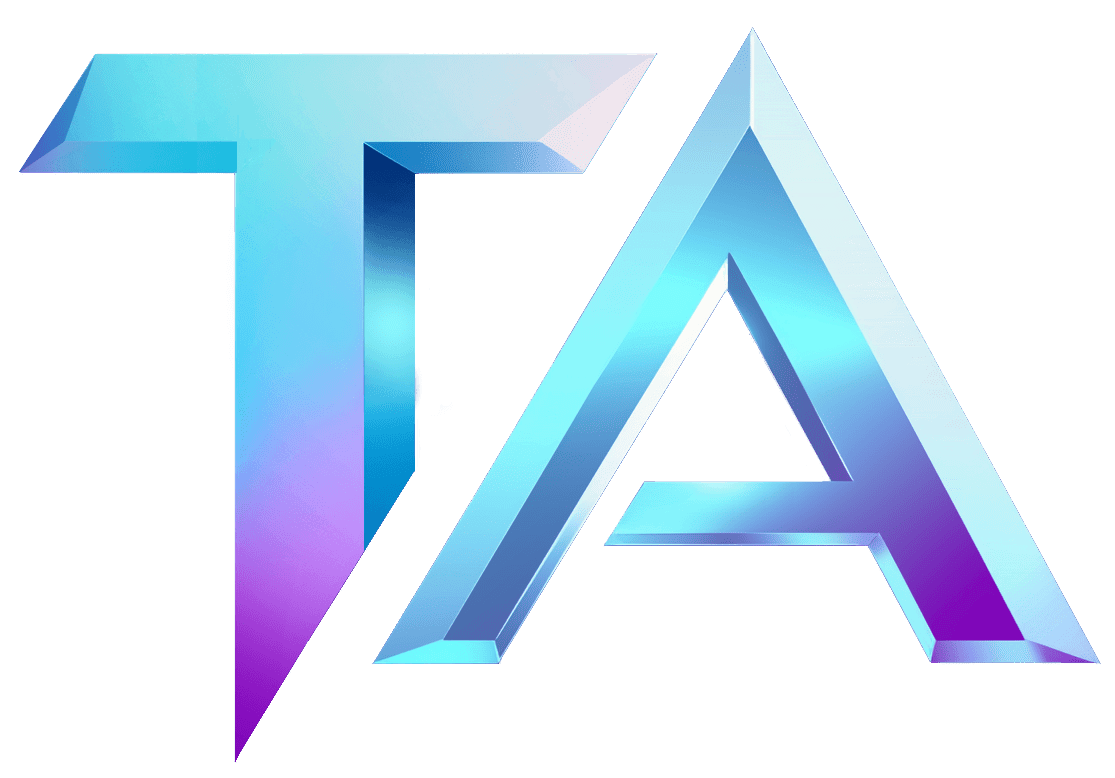Asset Pricing Models in Star Atlas: Titan Analytics Insights

Understanding Asset Pricing Models in Star Atlas: Titan Analytics Insights
In the ever-evolving universe of Star Atlas, a blockchain-based space exploration game built on Solana, the importance of quantifying the value of in-game assets cannot be overstated. Just like in traditional finance, where investors rely on asset pricing models to evaluate potential returns, players and investors in Star Atlas can benefit from understanding these models to make informed decisions about their digital investments.
What Are Asset Pricing Models?
Asset pricing models are tools used to determine the expected return of an asset based on its inherent risk and the overall market conditions. They help investors understand how much they should pay for an asset today by predicting its future value. The fundamental concept is simple: the higher the risk, the higher the expected return.
Why Do Asset Pricing Models Matter in Star Atlas?
In Star Atlas, various assets ranging from spaceships and crew members to land and resources can be traded or held for investment purposes. As the in-game economy evolves, these assets can appreciate or depreciate in value depending on various factors:
-
In-Game Demand and Supply: Just like any market, the value of assets in Star Atlas can fluctuate based on how many people want to buy them versus how many are available. An asset in high demand will likely have a higher price.
-
Gameplay Utility: Some assets can provide gameplay advantages, enhancing their value. For example, a ship that’s faster or more powerful might be worth more than a basic model due to its effectiveness in gameplay.
-
Market Sentiment: The community’s perception of an asset’s value can greatly influence its market price. Social trends, news, and updates from the developers can all affect how players view their investments.
- Rarity and Scarcity: The rarity of an asset adds to its allure. Limited edition items tend to drive up demand among collectors, similar to rare trading cards.
Applying Traditional Models to Star Atlas
Several traditional asset pricing models can be adapted to analyze Star Atlas assets:
-
Capital Asset Pricing Model (CAPM): This model helps estimate the expected return of an asset based on its risk compared to the overall market. In the Star Atlas context, it could measure how the risk of a particular ship correlates with the general market trends in Star Atlas.
-
Discounted Cash Flow (DCF): In Star Atlas, owners of certain assets might expect future earnings, like resources harvested from land. The DCF model allows players to estimate these future cash flows and discount them back to present value to determine an asset’s worth today.
- Arbitrage Pricing Theory (APT): This model explains how different factors influence an asset’s return. APT can be useful in Star Atlas for analyzing how different gameplay updates or events affect the value of specific assets.
Insights from Titan Analytics
At Titan Analytics, we delve deep into these models to provide users with comprehensive insights into the Star Atlas economy. Our analytics platform enables players and investors to assess asset performance, understand market trends, and make educated investment choices.
By leveraging data analysis, you can discover which assets are undervalued or overvalued based on established pricing theories. This can enhance your strategy whether you’re a novice player or a seasoned investor looking to maximize your portfolio in the Star Atlas universe.
If you’re eager to explore more about asset pricing in Star Atlas and discover our specialized data modules, check out Titan Analytics Star Atlas Data Modules. For any questions or inquiries, feel free to reach out to us at Titan Analytics Contact.
By understanding and applying asset pricing models, you can navigate the Star Atlas economy with greater confidence and insight. Happy exploring!




